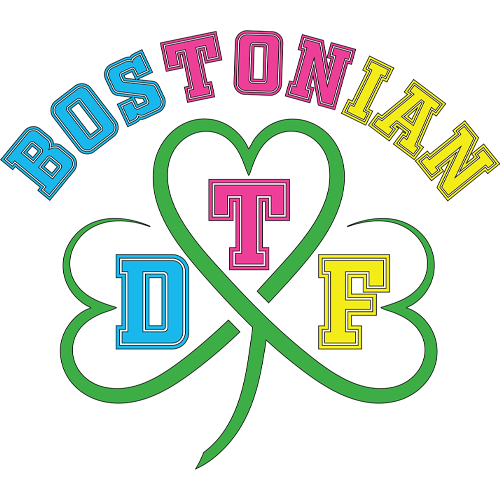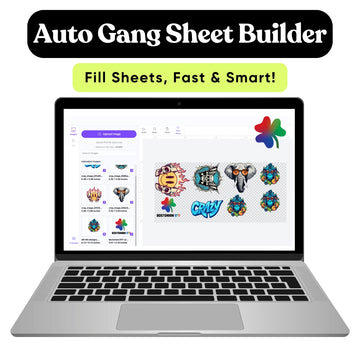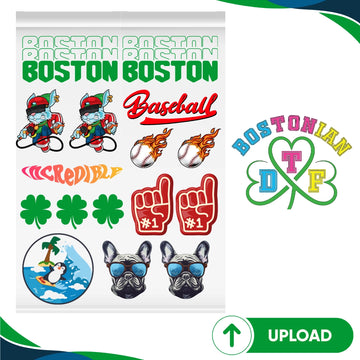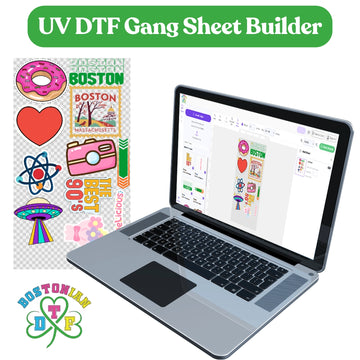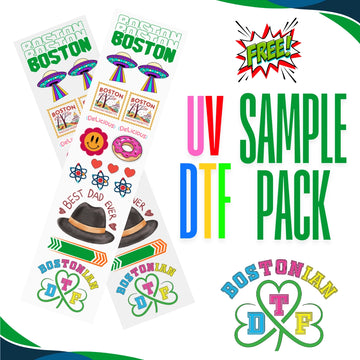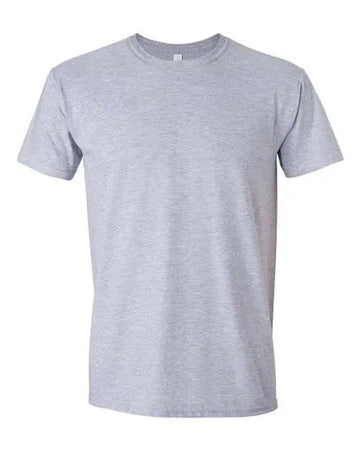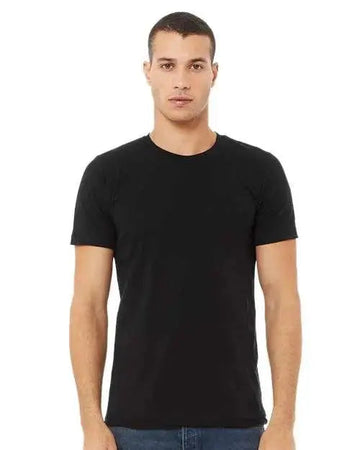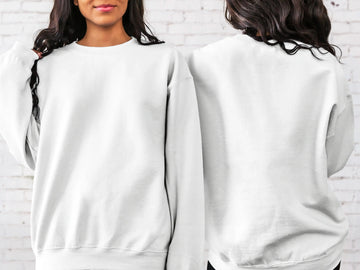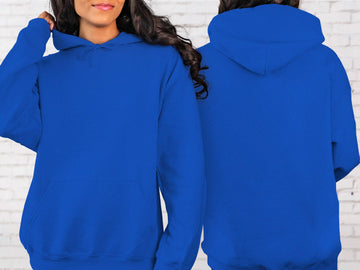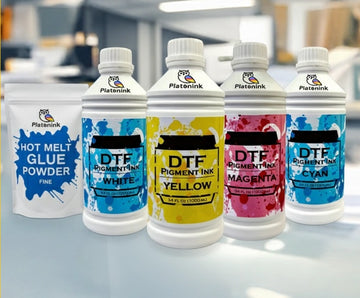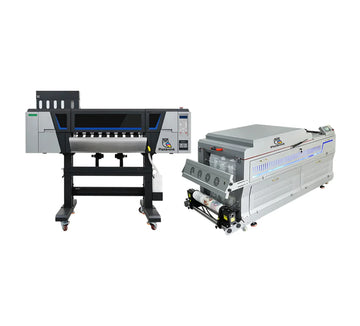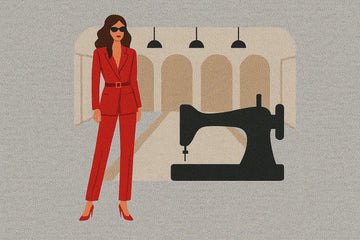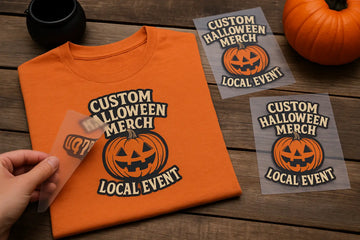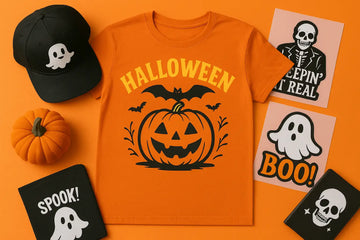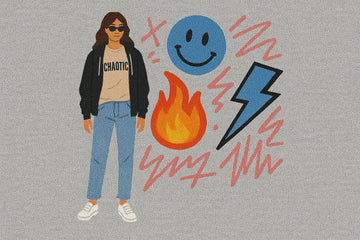Fashion has always been about speed, style, and impact. Today, fashion brands are looking for printing methods that deliver on all three. This is where DTF printing fashion brands are stepping in. Direct to film printing is changing the way clothing is designed, produced, and sold. It offers sharp, durable prints, faster workflows, and more options for customization.
In this blog, we will explore why fashion brands are switching to DTF printing is becoming the new standard. From runway shows to retail shelves, DTF is reshaping how collections move through the industry.
Why Fashion Brands Are Making the Shift
Traditional printing methods can be slow, costly, and wasteful. Screen printing requires large orders. Heat transfers often fade. These older processes no longer meet modern demands.
Runway fashion DTF printing allows designers to test ideas quickly. They can print small runs, adjust designs, and launch limited drops without wasting materials. This flexibility gives brands a competitive edge.
With DTF, the turnaround is faster. That means what debuts on the runway can appear in retail within days. For an industry that thrives on trends, this speed is priceless.
The Power of Customization
Personalization has become a big part of fashion. Shoppers want clothes that feel unique. Custom DTF apparel for designers makes this easy. Brands can create custom prints in small or large runs.
A collection can include personalized graphics, slogans, or artwork. These can be applied to different fabrics without losing detail. This level of flexibility was harder to achieve with older methods.
Apparel personalization with DTF also helps smaller labels. Boutique designers can print special editions for loyal customers. Larger brands can add custom pieces to their seasonal collections.
High Resolution Prints That Last
One of the biggest advantages of DTF for fashion industry is print quality. DTF delivers high-resolution DTF prints for garments with sharp lines and bright colors. Even complex artwork transfers perfectly.
Durability is another strength. Unlike many heat transfers, DTF prints resist cracking and fading. This makes it ideal for both limited edition fashion prints with DTF and large retail runs. Clothes look new longer, which adds value for customers.
Eco Friendly Benefits
Sustainability is now a key demand in fashion. Many brands are adopting eco-friendly DTF printing for fashion because it reduces waste. Unlike screen printing, there are no screens or extra chemicals involved.
Designers can also print only what is needed. This supports sustainable garment printing techniques that cut down on excess stock. Less waste means lower costs and a smaller environmental footprint.
Runway to Retail Made Easy
In the past, taking a design from the runway to the retail floor could take weeks. Today, the runway to retail printing workflows powered by DTF makes it faster.
Designers can print samples for fashion shows within hours. Once approved, the same designs can be used for fashion printing innovation with DTF at scale. This smooth process helps brands react to trends immediately.
This agility is why many labels see DTF vs conventional fashion printing as an easy choice. Conventional methods take time and limit creativity. DTF offers speed, quality, and scalability.
Why DTF Fits Both Big and Small Brands
Large brands benefit from speed and flexibility. But smaller labels gain even more. Boutique designers can use DTF for small runs without high upfront costs.
For small labels, limited edition fashion prints with DTF open new ways to engage fans. A collection can include a few dozen unique pieces instead of thousands.
This is why both luxury houses and independent designers are embracing fashion brands switching to DTF. It works at every level.
Conclusion
From customization to eco friendly printing, DTF is reshaping fashion production. It helps brands move designs from runway fashion DTF printing to retail shelves faster than ever.
Whether you are an independent designer or a global label, DTF printing for fashion brands unlocks new creative and business opportunities.
To explore high quality DTF transfers for your brand, visit Bostoniandtf.com.
FAQs
1. Why are fashion brands switching to DTF printing?
Fashion brands switch because DTF offers fast production, sharp prints, and eco friendly methods. It also supports small runs, making it useful for both big brands and boutique labels.
2. How does DTF compare to traditional printing methods?
Compared to screen printing, DTF requires less setup, produces brighter prints, and supports small orders. It is faster, cost effective, and better suited for on demand fashion production.
3. Is DTF printing eco friendly for fashion brands?
Yes, by removing the need for screens and extra chemicals and permitting small batch printing, DTF reduces waste. For contemporary fashion brands, this makes it a more environmentally friendly choice.
4. Can DTF printing handle complex designs for apparel?
Absolutely. DTF prints capture fine details, gradients, and multiple colors with high resolution. Even intricate artwork transfers cleanly onto fabrics without losing quality or sharpness.
5. Does DTF work for both large and small fashion brands?
Yes, large brands benefit from fast scaling while smaller labels enjoy affordable small runs. DTF works for mass retail, custom drops, or limited edition fashion pieces.
